Put your hand up if you love being on the bog  https://abs.twimg.com/emoji/v2/... draggable="false" alt="🙋🏼♂️" title="Happy man raising one hand (mittelheller Hautton)" aria-label="Emoji: Happy man raising one hand (mittelheller Hautton)"> the PEAT bog, obviously
https://abs.twimg.com/emoji/v2/... draggable="false" alt="🙋🏼♂️" title="Happy man raising one hand (mittelheller Hautton)" aria-label="Emoji: Happy man raising one hand (mittelheller Hautton)"> the PEAT bog, obviously  https://abs.twimg.com/emoji/v2/... draggable="false" alt="🙄" title="Gesicht mit rollenden Augen" aria-label="Emoji: Gesicht mit rollenden Augen">
https://abs.twimg.com/emoji/v2/... draggable="false" alt="🙄" title="Gesicht mit rollenden Augen" aria-label="Emoji: Gesicht mit rollenden Augen"> https://abs.twimg.com/emoji/v2/... draggable="false" alt="😉" title="Zwinkerndes Gesicht" aria-label="Emoji: Zwinkerndes Gesicht">
https://abs.twimg.com/emoji/v2/... draggable="false" alt="😉" title="Zwinkerndes Gesicht" aria-label="Emoji: Zwinkerndes Gesicht">
They’re vital for our climate yet still being drained https://abs.twimg.com/emoji/v2/... draggable="false" alt="🤦🏼♂️" title="Mann schlägt sich die Hand vors Gesicht (mittelheller Hautton)" aria-label="Emoji: Mann schlägt sich die Hand vors Gesicht (mittelheller Hautton)"> So here’s a bit about why nature-watching on bogs is fun, what makes them great for wildlife & why we really *really* need them
https://abs.twimg.com/emoji/v2/... draggable="false" alt="🤦🏼♂️" title="Mann schlägt sich die Hand vors Gesicht (mittelheller Hautton)" aria-label="Emoji: Mann schlägt sich die Hand vors Gesicht (mittelheller Hautton)"> So here’s a bit about why nature-watching on bogs is fun, what makes them great for wildlife & why we really *really* need them  https://abs.twimg.com/emoji/v2/... draggable="false" alt="⤵️" title="Nach rechts zeigender Pfeil mit Krümmung nach unten" aria-label="Emoji: Nach rechts zeigender Pfeil mit Krümmung nach unten">
https://abs.twimg.com/emoji/v2/... draggable="false" alt="⤵️" title="Nach rechts zeigender Pfeil mit Krümmung nach unten" aria-label="Emoji: Nach rechts zeigender Pfeil mit Krümmung nach unten">
(1/10)
They’re vital for our climate yet still being drained
(1/10)
(2/10) I’ve always had a soft spot for bogs. Some of my best nature-watching experiences have come from days spent on mires, mosses & other peatlands. Discovering bog orchids and making friends with this keeled skimmer dragonfly were two of my favourite encounters
(3/10) The smell of a peat bog is unmistakeable: rich, earthy & damp. Bending down you see raft spiders, bright yellow bog asphodel, glistening sundews, four-spotted chaser dragonflies & soggy, squishy cushions of one of the world’s greatest wonders: Sphagnum moss
(4/10) Sphagnum mosses form wobbly rafts of auburn, lime & russet that bubble & gurgle. Putting your hands in is a delightful experience  https://abs.twimg.com/emoji/v2/... draggable="false" alt="🤗" title="Umarmendes Gesicht" aria-label="Emoji: Umarmendes Gesicht"> These plants rely on rain for nutrients & act as sponges to retain water. In doing so they create the conditions required to form peat
https://abs.twimg.com/emoji/v2/... draggable="false" alt="🤗" title="Umarmendes Gesicht" aria-label="Emoji: Umarmendes Gesicht"> These plants rely on rain for nutrients & act as sponges to retain water. In doing so they create the conditions required to form peat
(5/10) Waterlogged ground is low in oxygen. Organisms that break down dead plants require plenty of oxygen to do so, so when plants die in a waterlogged bog they don’t fully decay. Instead they layer up, one dead Sphagnum after another, which very very slowly forms peat
(6/10) Now, because the plants can’t decay, all the carbon they removed from the atmosphere during their lives is trapped in the peat. The UK’s peat-forming bogs store way more carbon than our forests do (though they’re slower to capture it from the atmosphere)
(7/10) On top of that, Sphagnum soaks up many times its own dry weight in water (very useful for preventing flooding) and these mosses actually clean that water by removing nutrients. A lot of our drinking water in the UK is initially captured and cleaned by Sphagnum in peat bogs
(8/10) But to perform these functions, peat *must* be wet. When land is drained, peat dries out & starts emitting stored carbon. Burning moorland to create habitat for grouse also releases carbon trapped in peat  https://abs.twimg.com/emoji/v2/... draggable="false" alt="👎" title="Thumbs down" aria-label="Emoji: Thumbs down"> These practices are categorically terrible for our environment
https://abs.twimg.com/emoji/v2/... draggable="false" alt="👎" title="Thumbs down" aria-label="Emoji: Thumbs down"> These practices are categorically terrible for our environment  https://abs.twimg.com/emoji/v2/... draggable="false" alt="🙅🏼♂️" title="Mann gestikuliert „Nicht OK“ (mittelheller Hautton)" aria-label="Emoji: Mann gestikuliert „Nicht OK“ (mittelheller Hautton)">
https://abs.twimg.com/emoji/v2/... draggable="false" alt="🙅🏼♂️" title="Mann gestikuliert „Nicht OK“ (mittelheller Hautton)" aria-label="Emoji: Mann gestikuliert „Nicht OK“ (mittelheller Hautton)">
(9/10) Another problem is peat harvesting for use in compost. If you love gardening you can make a difference by buying peat-free compost, making your own compost or only buying plants that haven’t grown in peat. I don’t have any compost photos so here are some ponies by a bog  https://abs.twimg.com/emoji/v2/... draggable="false" alt="😎" title="Lächelndes Gesicht mit Sonnenbrille" aria-label="Emoji: Lächelndes Gesicht mit Sonnenbrille">
https://abs.twimg.com/emoji/v2/... draggable="false" alt="😎" title="Lächelndes Gesicht mit Sonnenbrille" aria-label="Emoji: Lächelndes Gesicht mit Sonnenbrille">
(10/10) So bogs are amazing places that we need to protect: for nature, for their ecosystem services & for the environment. So get yourself on the bog (be careful though, they’re delicate places & you never know how deep they are) and get your hands in some squishy Sphagnums!  https://abs.twimg.com/emoji/v2/... draggable="false" alt="🤗" title="Umarmendes Gesicht" aria-label="Emoji: Umarmendes Gesicht">
https://abs.twimg.com/emoji/v2/... draggable="false" alt="🤗" title="Umarmendes Gesicht" aria-label="Emoji: Umarmendes Gesicht">

 Read on Twitter
Read on Twitter the PEAT bog, obviously https://abs.twimg.com/emoji/v2/... draggable="false" alt="🙄" title="Gesicht mit rollenden Augen" aria-label="Emoji: Gesicht mit rollenden Augen">https://abs.twimg.com/emoji/v2/... draggable="false" alt="😉" title="Zwinkerndes Gesicht" aria-label="Emoji: Zwinkerndes Gesicht">They’re vital for our climate yet still being drained https://abs.twimg.com/emoji/v2/... draggable="false" alt="🤦🏼♂️" title="Mann schlägt sich die Hand vors Gesicht (mittelheller Hautton)" aria-label="Emoji: Mann schlägt sich die Hand vors Gesicht (mittelheller Hautton)"> So here’s a bit about why nature-watching on bogs is fun, what makes them great for wildlife & why we really *really* need them https://abs.twimg.com/emoji/v2/... draggable="false" alt="⤵️" title="Nach rechts zeigender Pfeil mit Krümmung nach unten" aria-label="Emoji: Nach rechts zeigender Pfeil mit Krümmung nach unten">(1/10)" title="Put your hand up if you love being on the bog https://abs.twimg.com/emoji/v2/... draggable="false" alt="🙋🏼♂️" title="Happy man raising one hand (mittelheller Hautton)" aria-label="Emoji: Happy man raising one hand (mittelheller Hautton)"> the PEAT bog, obviously https://abs.twimg.com/emoji/v2/... draggable="false" alt="🙄" title="Gesicht mit rollenden Augen" aria-label="Emoji: Gesicht mit rollenden Augen">https://abs.twimg.com/emoji/v2/... draggable="false" alt="😉" title="Zwinkerndes Gesicht" aria-label="Emoji: Zwinkerndes Gesicht">They’re vital for our climate yet still being drained https://abs.twimg.com/emoji/v2/... draggable="false" alt="🤦🏼♂️" title="Mann schlägt sich die Hand vors Gesicht (mittelheller Hautton)" aria-label="Emoji: Mann schlägt sich die Hand vors Gesicht (mittelheller Hautton)"> So here’s a bit about why nature-watching on bogs is fun, what makes them great for wildlife & why we really *really* need them https://abs.twimg.com/emoji/v2/... draggable="false" alt="⤵️" title="Nach rechts zeigender Pfeil mit Krümmung nach unten" aria-label="Emoji: Nach rechts zeigender Pfeil mit Krümmung nach unten">(1/10)">
the PEAT bog, obviously https://abs.twimg.com/emoji/v2/... draggable="false" alt="🙄" title="Gesicht mit rollenden Augen" aria-label="Emoji: Gesicht mit rollenden Augen">https://abs.twimg.com/emoji/v2/... draggable="false" alt="😉" title="Zwinkerndes Gesicht" aria-label="Emoji: Zwinkerndes Gesicht">They’re vital for our climate yet still being drained https://abs.twimg.com/emoji/v2/... draggable="false" alt="🤦🏼♂️" title="Mann schlägt sich die Hand vors Gesicht (mittelheller Hautton)" aria-label="Emoji: Mann schlägt sich die Hand vors Gesicht (mittelheller Hautton)"> So here’s a bit about why nature-watching on bogs is fun, what makes them great for wildlife & why we really *really* need them https://abs.twimg.com/emoji/v2/... draggable="false" alt="⤵️" title="Nach rechts zeigender Pfeil mit Krümmung nach unten" aria-label="Emoji: Nach rechts zeigender Pfeil mit Krümmung nach unten">(1/10)" title="Put your hand up if you love being on the bog https://abs.twimg.com/emoji/v2/... draggable="false" alt="🙋🏼♂️" title="Happy man raising one hand (mittelheller Hautton)" aria-label="Emoji: Happy man raising one hand (mittelheller Hautton)"> the PEAT bog, obviously https://abs.twimg.com/emoji/v2/... draggable="false" alt="🙄" title="Gesicht mit rollenden Augen" aria-label="Emoji: Gesicht mit rollenden Augen">https://abs.twimg.com/emoji/v2/... draggable="false" alt="😉" title="Zwinkerndes Gesicht" aria-label="Emoji: Zwinkerndes Gesicht">They’re vital for our climate yet still being drained https://abs.twimg.com/emoji/v2/... draggable="false" alt="🤦🏼♂️" title="Mann schlägt sich die Hand vors Gesicht (mittelheller Hautton)" aria-label="Emoji: Mann schlägt sich die Hand vors Gesicht (mittelheller Hautton)"> So here’s a bit about why nature-watching on bogs is fun, what makes them great for wildlife & why we really *really* need them https://abs.twimg.com/emoji/v2/... draggable="false" alt="⤵️" title="Nach rechts zeigender Pfeil mit Krümmung nach unten" aria-label="Emoji: Nach rechts zeigender Pfeil mit Krümmung nach unten">(1/10)">
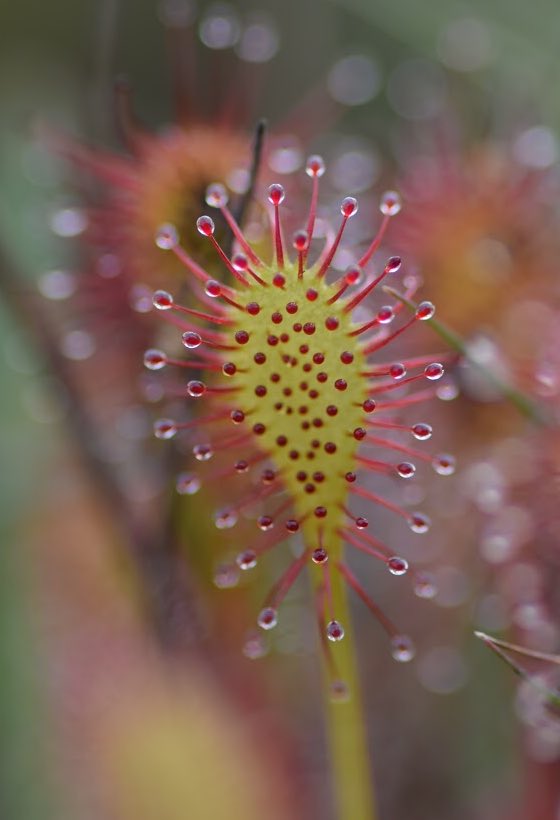 the PEAT bog, obviously https://abs.twimg.com/emoji/v2/... draggable="false" alt="🙄" title="Gesicht mit rollenden Augen" aria-label="Emoji: Gesicht mit rollenden Augen">https://abs.twimg.com/emoji/v2/... draggable="false" alt="😉" title="Zwinkerndes Gesicht" aria-label="Emoji: Zwinkerndes Gesicht">They’re vital for our climate yet still being drained https://abs.twimg.com/emoji/v2/... draggable="false" alt="🤦🏼♂️" title="Mann schlägt sich die Hand vors Gesicht (mittelheller Hautton)" aria-label="Emoji: Mann schlägt sich die Hand vors Gesicht (mittelheller Hautton)"> So here’s a bit about why nature-watching on bogs is fun, what makes them great for wildlife & why we really *really* need them https://abs.twimg.com/emoji/v2/... draggable="false" alt="⤵️" title="Nach rechts zeigender Pfeil mit Krümmung nach unten" aria-label="Emoji: Nach rechts zeigender Pfeil mit Krümmung nach unten">(1/10)" title="Put your hand up if you love being on the bog https://abs.twimg.com/emoji/v2/... draggable="false" alt="🙋🏼♂️" title="Happy man raising one hand (mittelheller Hautton)" aria-label="Emoji: Happy man raising one hand (mittelheller Hautton)"> the PEAT bog, obviously https://abs.twimg.com/emoji/v2/... draggable="false" alt="🙄" title="Gesicht mit rollenden Augen" aria-label="Emoji: Gesicht mit rollenden Augen">https://abs.twimg.com/emoji/v2/... draggable="false" alt="😉" title="Zwinkerndes Gesicht" aria-label="Emoji: Zwinkerndes Gesicht">They’re vital for our climate yet still being drained https://abs.twimg.com/emoji/v2/... draggable="false" alt="🤦🏼♂️" title="Mann schlägt sich die Hand vors Gesicht (mittelheller Hautton)" aria-label="Emoji: Mann schlägt sich die Hand vors Gesicht (mittelheller Hautton)"> So here’s a bit about why nature-watching on bogs is fun, what makes them great for wildlife & why we really *really* need them https://abs.twimg.com/emoji/v2/... draggable="false" alt="⤵️" title="Nach rechts zeigender Pfeil mit Krümmung nach unten" aria-label="Emoji: Nach rechts zeigender Pfeil mit Krümmung nach unten">(1/10)">
the PEAT bog, obviously https://abs.twimg.com/emoji/v2/... draggable="false" alt="🙄" title="Gesicht mit rollenden Augen" aria-label="Emoji: Gesicht mit rollenden Augen">https://abs.twimg.com/emoji/v2/... draggable="false" alt="😉" title="Zwinkerndes Gesicht" aria-label="Emoji: Zwinkerndes Gesicht">They’re vital for our climate yet still being drained https://abs.twimg.com/emoji/v2/... draggable="false" alt="🤦🏼♂️" title="Mann schlägt sich die Hand vors Gesicht (mittelheller Hautton)" aria-label="Emoji: Mann schlägt sich die Hand vors Gesicht (mittelheller Hautton)"> So here’s a bit about why nature-watching on bogs is fun, what makes them great for wildlife & why we really *really* need them https://abs.twimg.com/emoji/v2/... draggable="false" alt="⤵️" title="Nach rechts zeigender Pfeil mit Krümmung nach unten" aria-label="Emoji: Nach rechts zeigender Pfeil mit Krümmung nach unten">(1/10)" title="Put your hand up if you love being on the bog https://abs.twimg.com/emoji/v2/... draggable="false" alt="🙋🏼♂️" title="Happy man raising one hand (mittelheller Hautton)" aria-label="Emoji: Happy man raising one hand (mittelheller Hautton)"> the PEAT bog, obviously https://abs.twimg.com/emoji/v2/... draggable="false" alt="🙄" title="Gesicht mit rollenden Augen" aria-label="Emoji: Gesicht mit rollenden Augen">https://abs.twimg.com/emoji/v2/... draggable="false" alt="😉" title="Zwinkerndes Gesicht" aria-label="Emoji: Zwinkerndes Gesicht">They’re vital for our climate yet still being drained https://abs.twimg.com/emoji/v2/... draggable="false" alt="🤦🏼♂️" title="Mann schlägt sich die Hand vors Gesicht (mittelheller Hautton)" aria-label="Emoji: Mann schlägt sich die Hand vors Gesicht (mittelheller Hautton)"> So here’s a bit about why nature-watching on bogs is fun, what makes them great for wildlife & why we really *really* need them https://abs.twimg.com/emoji/v2/... draggable="false" alt="⤵️" title="Nach rechts zeigender Pfeil mit Krümmung nach unten" aria-label="Emoji: Nach rechts zeigender Pfeil mit Krümmung nach unten">(1/10)">
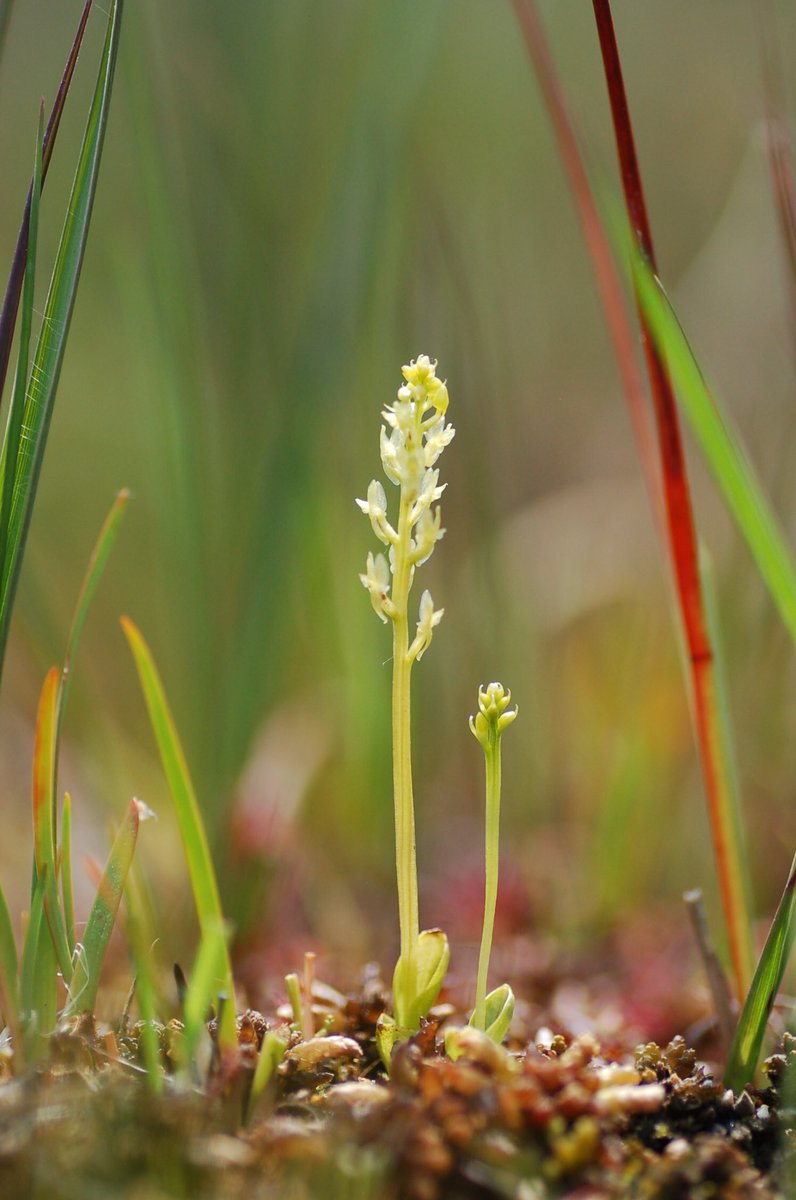
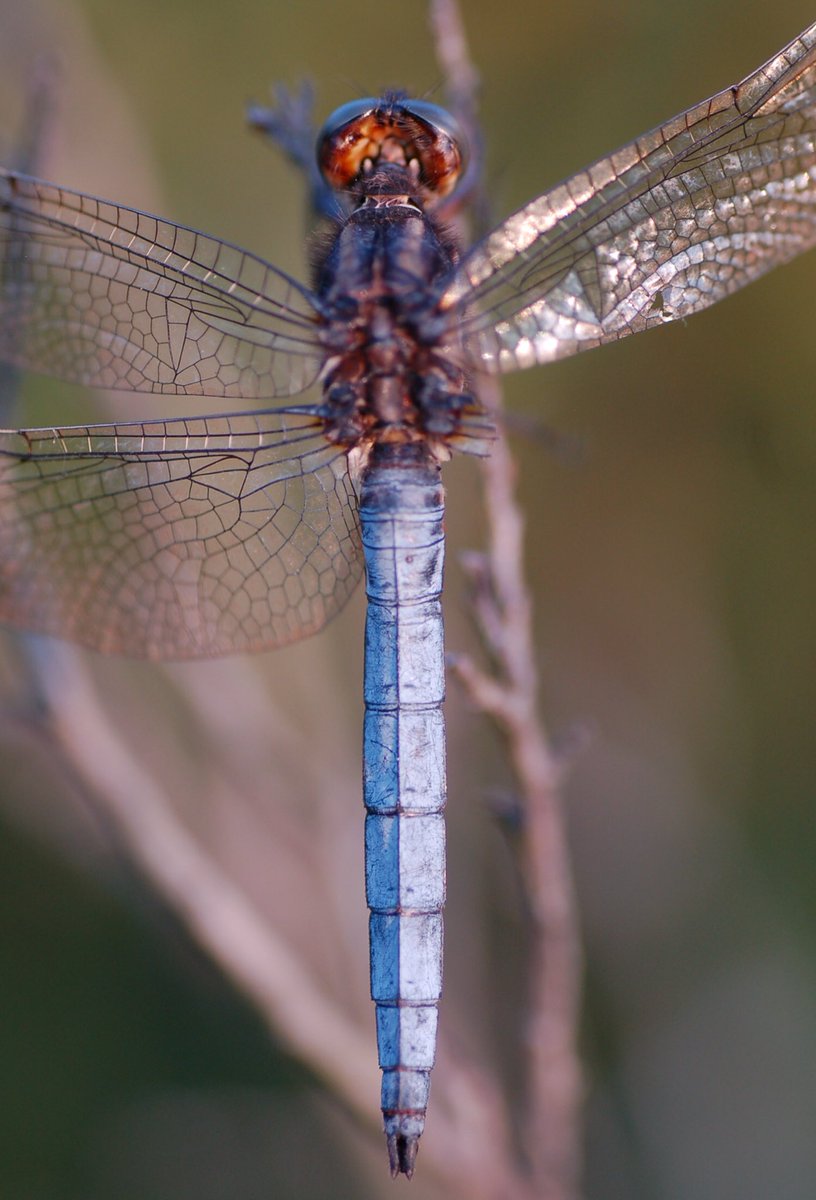
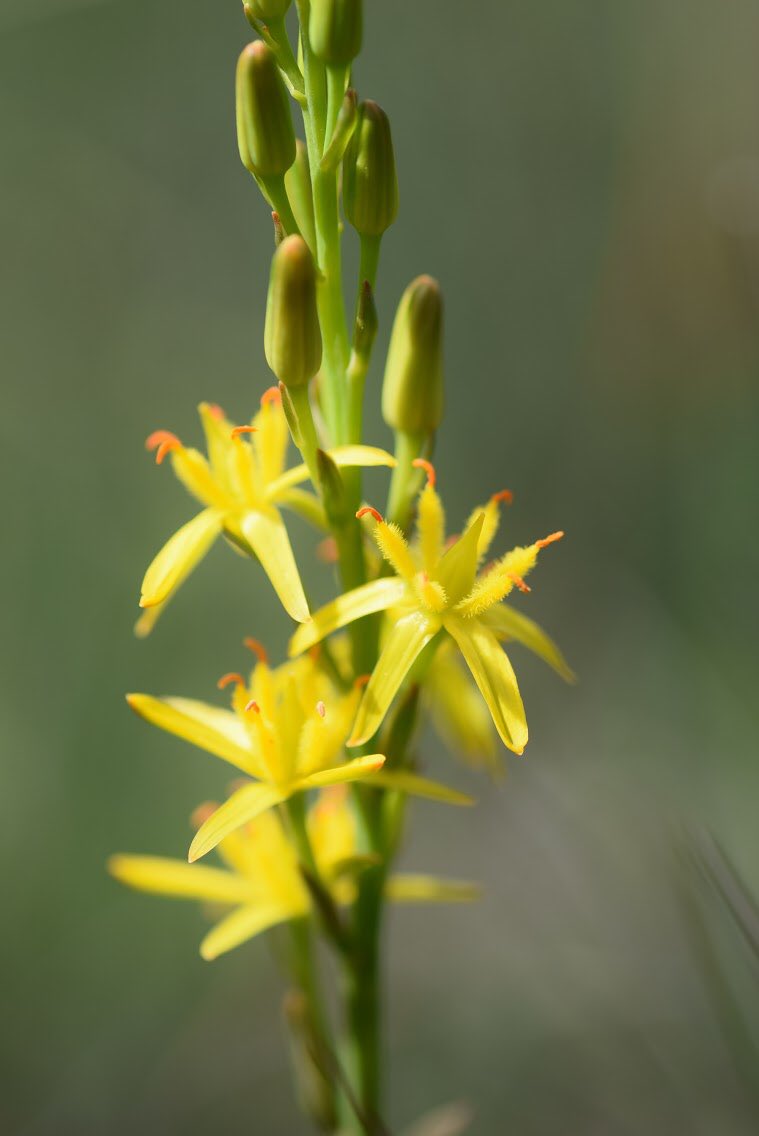
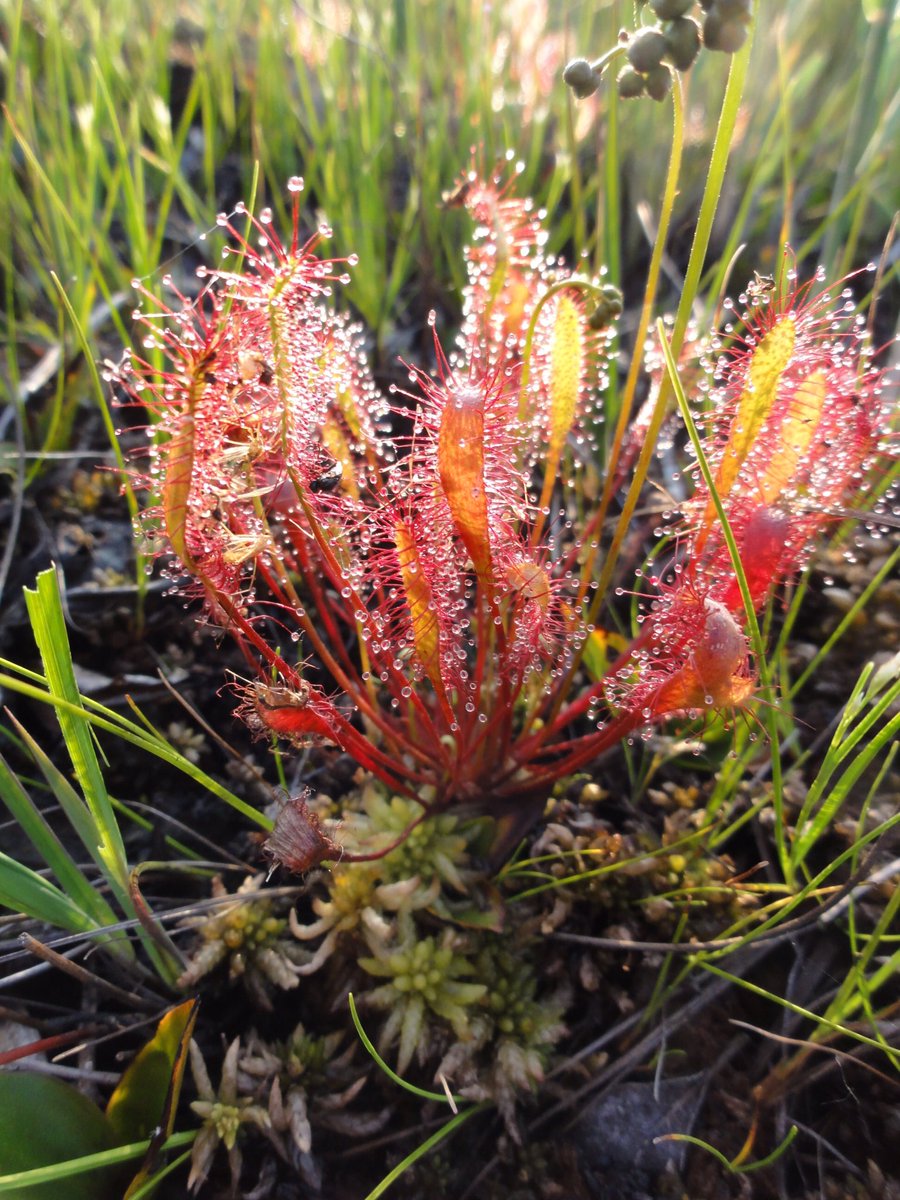
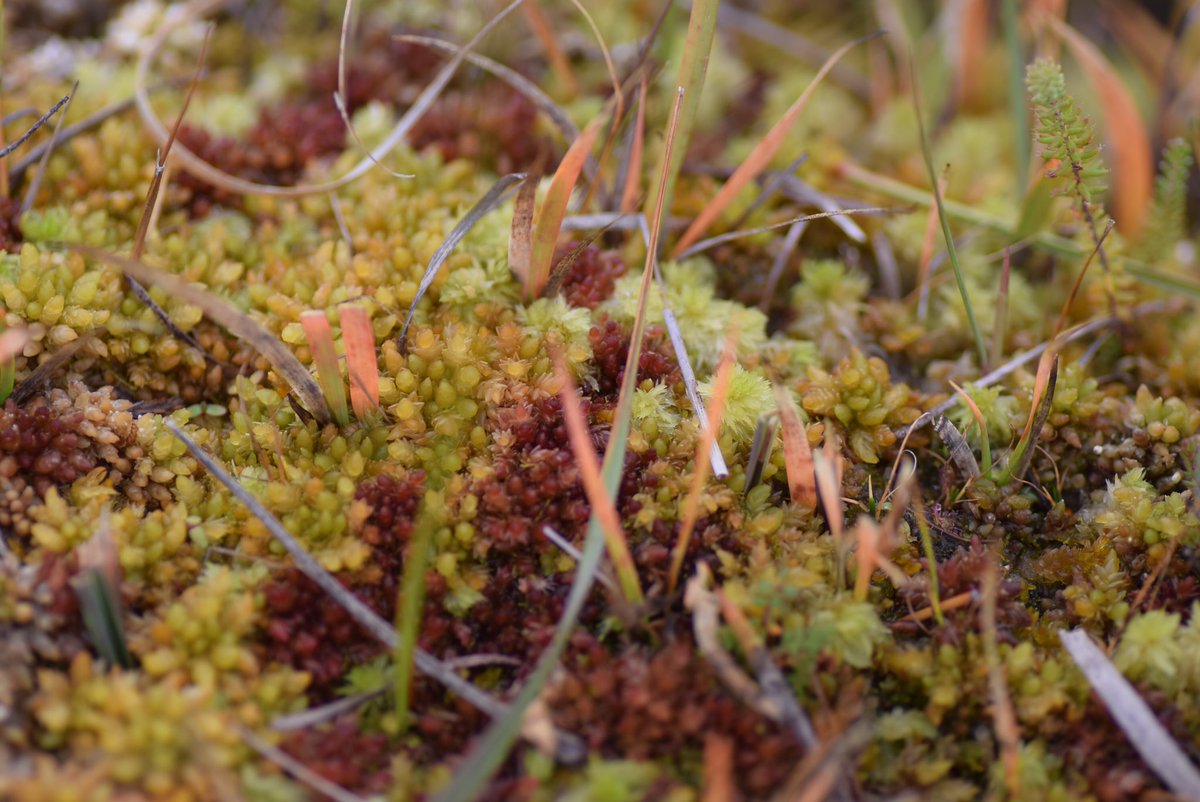 These plants rely on rain for nutrients & act as sponges to retain water. In doing so they create the conditions required to form peat" title="(4/10) Sphagnum mosses form wobbly rafts of auburn, lime & russet that bubble & gurgle. Putting your hands in is a delightful experience https://abs.twimg.com/emoji/v2/... draggable="false" alt="🤗" title="Umarmendes Gesicht" aria-label="Emoji: Umarmendes Gesicht"> These plants rely on rain for nutrients & act as sponges to retain water. In doing so they create the conditions required to form peat" class="img-responsive" style="max-width:100%;"/>
These plants rely on rain for nutrients & act as sponges to retain water. In doing so they create the conditions required to form peat" title="(4/10) Sphagnum mosses form wobbly rafts of auburn, lime & russet that bubble & gurgle. Putting your hands in is a delightful experience https://abs.twimg.com/emoji/v2/... draggable="false" alt="🤗" title="Umarmendes Gesicht" aria-label="Emoji: Umarmendes Gesicht"> These plants rely on rain for nutrients & act as sponges to retain water. In doing so they create the conditions required to form peat" class="img-responsive" style="max-width:100%;"/>
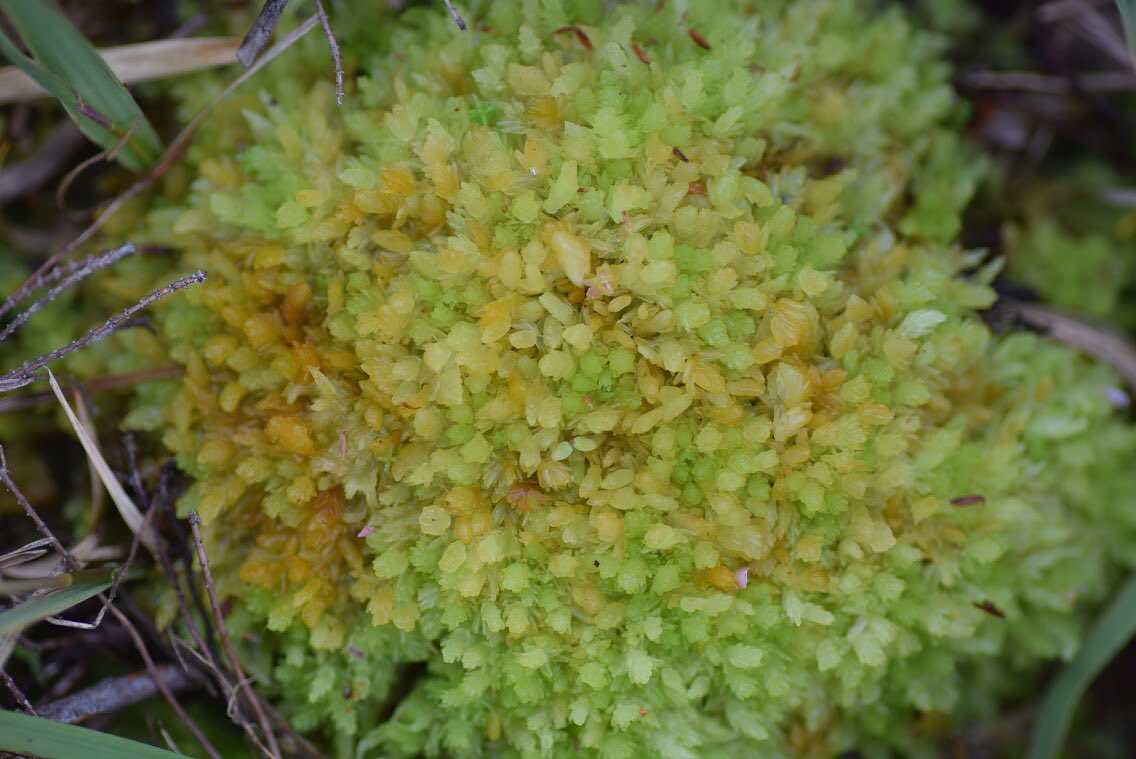
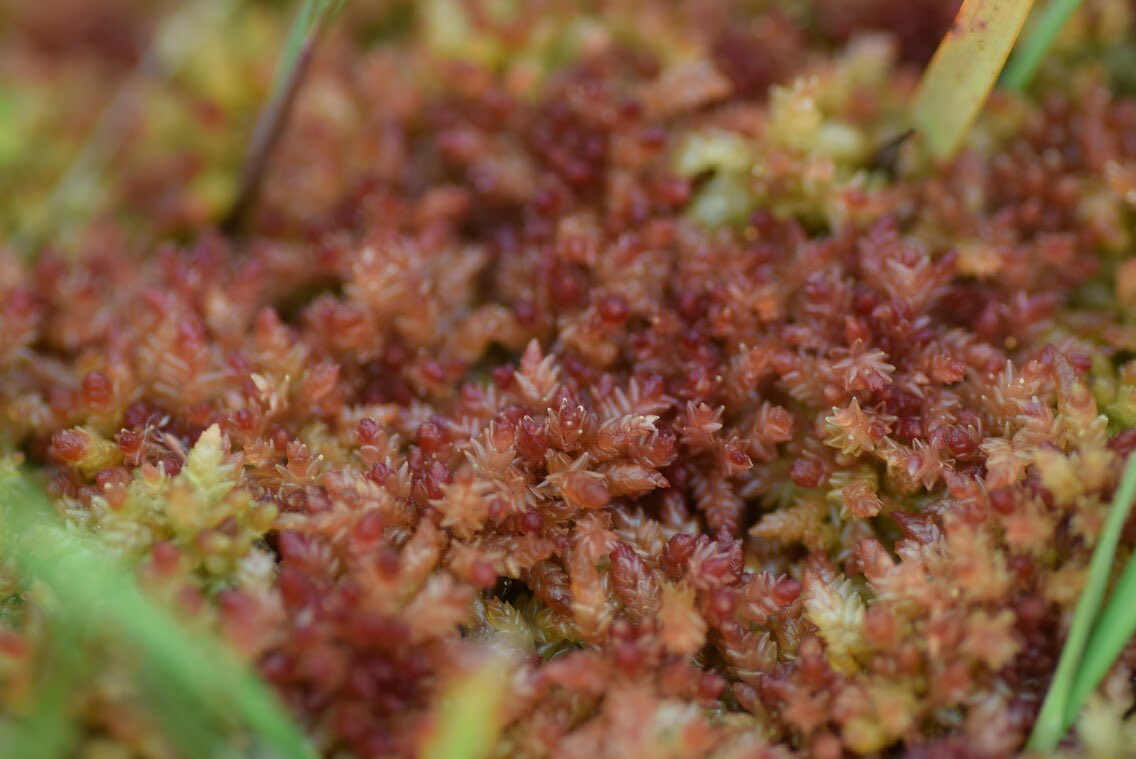
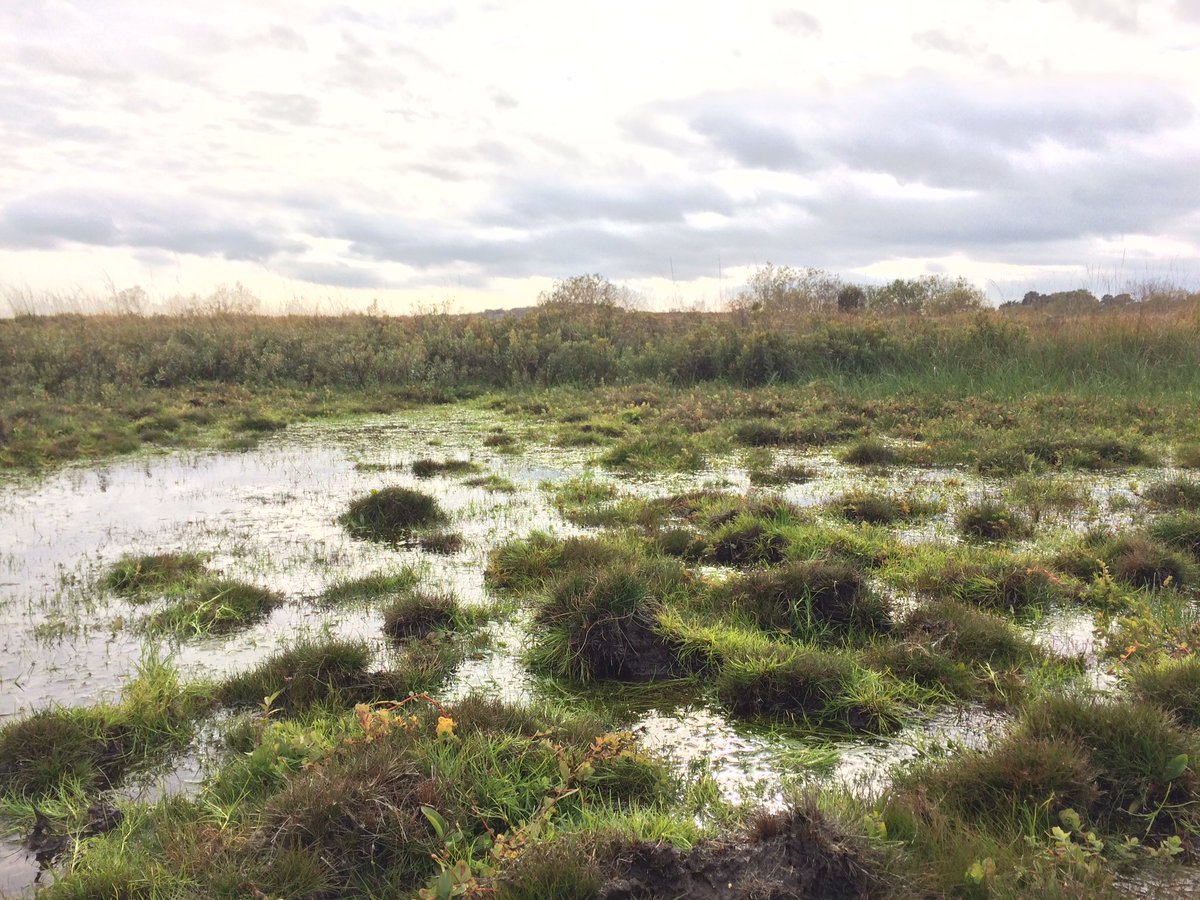
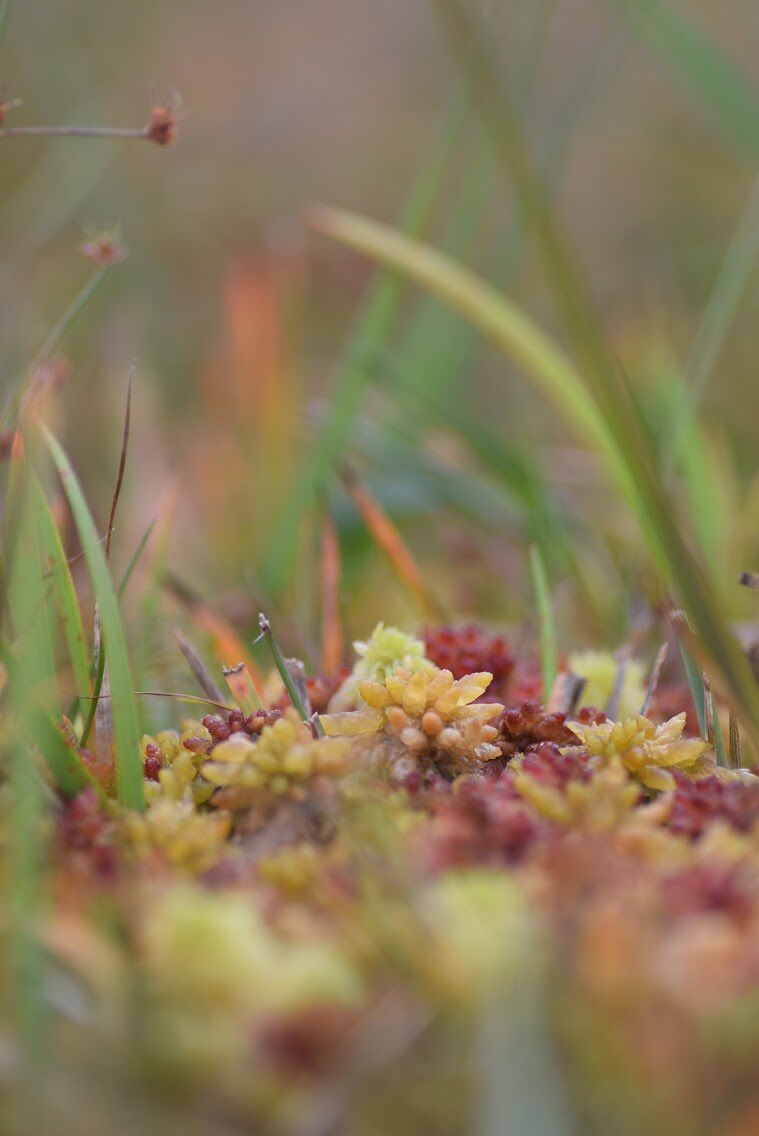
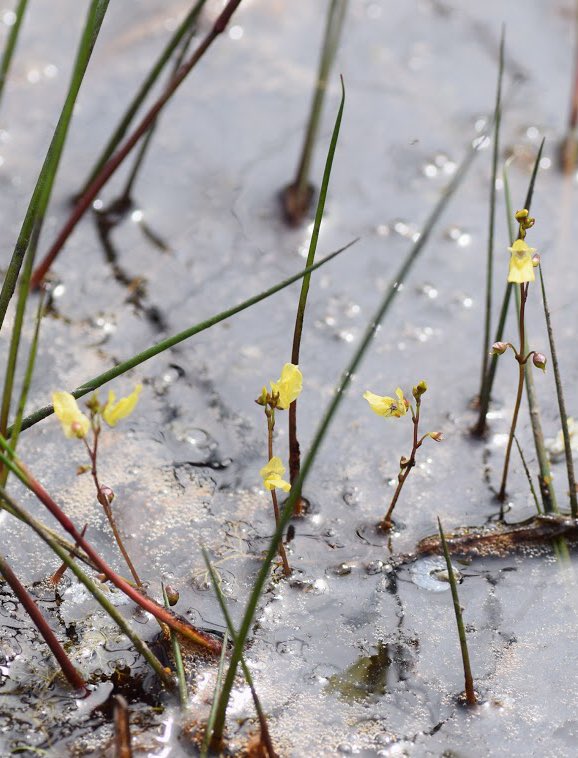
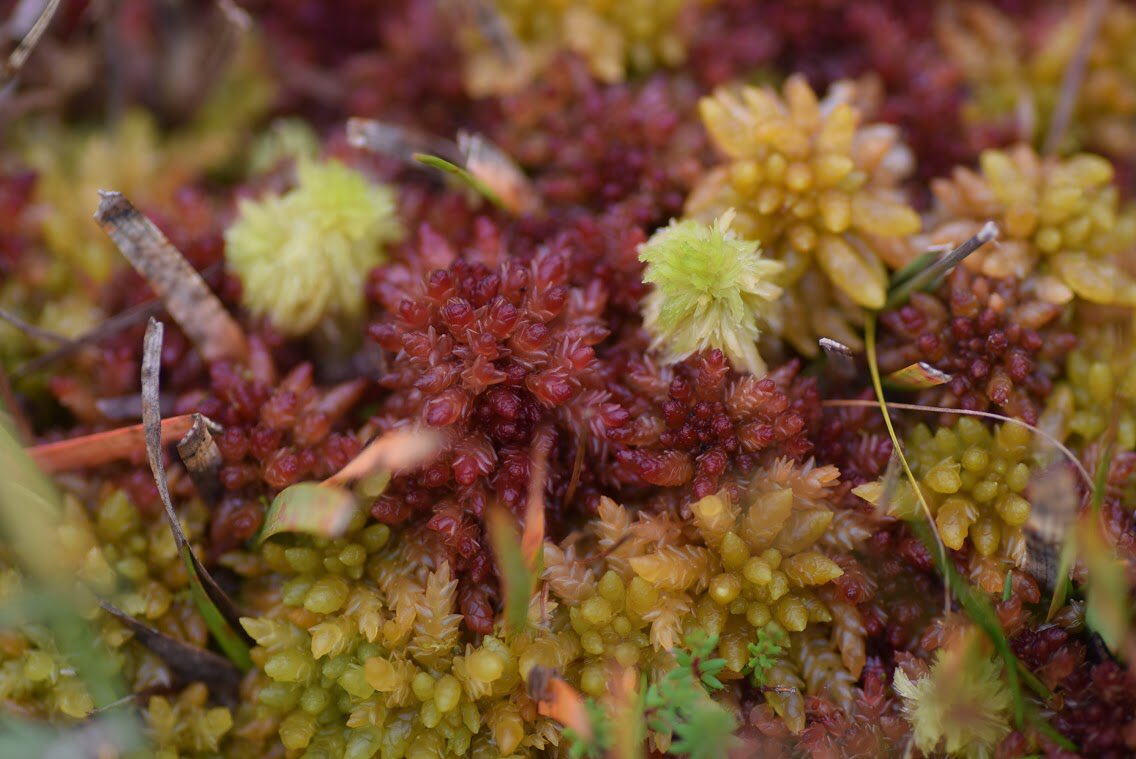 These practices are categorically terrible for our environment https://abs.twimg.com/emoji/v2/... draggable="false" alt="🙅🏼♂️" title="Mann gestikuliert „Nicht OK“ (mittelheller Hautton)" aria-label="Emoji: Mann gestikuliert „Nicht OK“ (mittelheller Hautton)">" title="(8/10) But to perform these functions, peat *must* be wet. When land is drained, peat dries out & starts emitting stored carbon. Burning moorland to create habitat for grouse also releases carbon trapped in peat https://abs.twimg.com/emoji/v2/... draggable="false" alt="👎" title="Thumbs down" aria-label="Emoji: Thumbs down"> These practices are categorically terrible for our environment https://abs.twimg.com/emoji/v2/... draggable="false" alt="🙅🏼♂️" title="Mann gestikuliert „Nicht OK“ (mittelheller Hautton)" aria-label="Emoji: Mann gestikuliert „Nicht OK“ (mittelheller Hautton)">">
These practices are categorically terrible for our environment https://abs.twimg.com/emoji/v2/... draggable="false" alt="🙅🏼♂️" title="Mann gestikuliert „Nicht OK“ (mittelheller Hautton)" aria-label="Emoji: Mann gestikuliert „Nicht OK“ (mittelheller Hautton)">" title="(8/10) But to perform these functions, peat *must* be wet. When land is drained, peat dries out & starts emitting stored carbon. Burning moorland to create habitat for grouse also releases carbon trapped in peat https://abs.twimg.com/emoji/v2/... draggable="false" alt="👎" title="Thumbs down" aria-label="Emoji: Thumbs down"> These practices are categorically terrible for our environment https://abs.twimg.com/emoji/v2/... draggable="false" alt="🙅🏼♂️" title="Mann gestikuliert „Nicht OK“ (mittelheller Hautton)" aria-label="Emoji: Mann gestikuliert „Nicht OK“ (mittelheller Hautton)">">
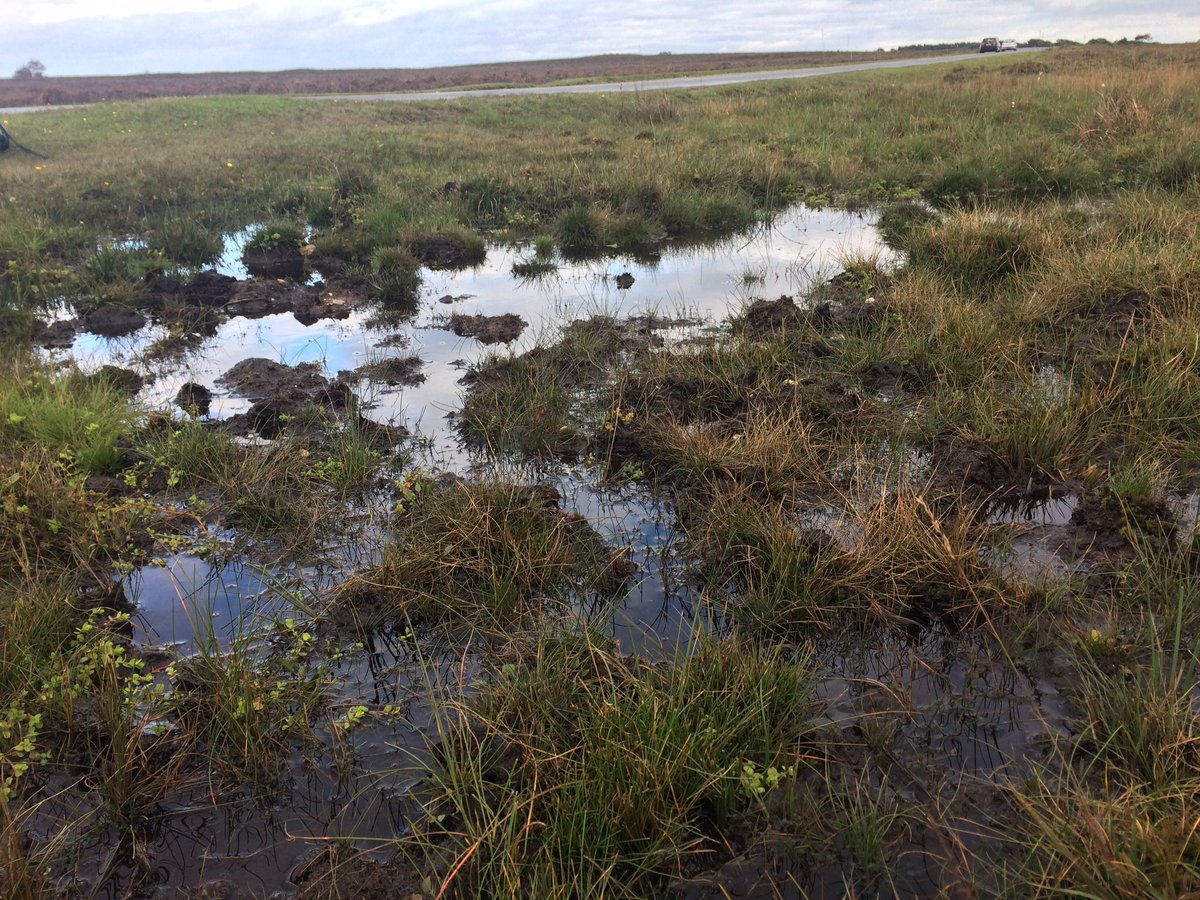 These practices are categorically terrible for our environment https://abs.twimg.com/emoji/v2/... draggable="false" alt="🙅🏼♂️" title="Mann gestikuliert „Nicht OK“ (mittelheller Hautton)" aria-label="Emoji: Mann gestikuliert „Nicht OK“ (mittelheller Hautton)">" title="(8/10) But to perform these functions, peat *must* be wet. When land is drained, peat dries out & starts emitting stored carbon. Burning moorland to create habitat for grouse also releases carbon trapped in peat https://abs.twimg.com/emoji/v2/... draggable="false" alt="👎" title="Thumbs down" aria-label="Emoji: Thumbs down"> These practices are categorically terrible for our environment https://abs.twimg.com/emoji/v2/... draggable="false" alt="🙅🏼♂️" title="Mann gestikuliert „Nicht OK“ (mittelheller Hautton)" aria-label="Emoji: Mann gestikuliert „Nicht OK“ (mittelheller Hautton)">">
These practices are categorically terrible for our environment https://abs.twimg.com/emoji/v2/... draggable="false" alt="🙅🏼♂️" title="Mann gestikuliert „Nicht OK“ (mittelheller Hautton)" aria-label="Emoji: Mann gestikuliert „Nicht OK“ (mittelheller Hautton)">" title="(8/10) But to perform these functions, peat *must* be wet. When land is drained, peat dries out & starts emitting stored carbon. Burning moorland to create habitat for grouse also releases carbon trapped in peat https://abs.twimg.com/emoji/v2/... draggable="false" alt="👎" title="Thumbs down" aria-label="Emoji: Thumbs down"> These practices are categorically terrible for our environment https://abs.twimg.com/emoji/v2/... draggable="false" alt="🙅🏼♂️" title="Mann gestikuliert „Nicht OK“ (mittelheller Hautton)" aria-label="Emoji: Mann gestikuliert „Nicht OK“ (mittelheller Hautton)">">
 " title="(9/10) Another problem is peat harvesting for use in compost. If you love gardening you can make a difference by buying peat-free compost, making your own compost or only buying plants that haven’t grown in peat. I don’t have any compost photos so here are some ponies by a bog https://abs.twimg.com/emoji/v2/... draggable="false" alt="😎" title="Lächelndes Gesicht mit Sonnenbrille" aria-label="Emoji: Lächelndes Gesicht mit Sonnenbrille">" class="img-responsive" style="max-width:100%;"/>
" title="(9/10) Another problem is peat harvesting for use in compost. If you love gardening you can make a difference by buying peat-free compost, making your own compost or only buying plants that haven’t grown in peat. I don’t have any compost photos so here are some ponies by a bog https://abs.twimg.com/emoji/v2/... draggable="false" alt="😎" title="Lächelndes Gesicht mit Sonnenbrille" aria-label="Emoji: Lächelndes Gesicht mit Sonnenbrille">" class="img-responsive" style="max-width:100%;"/>
 " title="(10/10) So bogs are amazing places that we need to protect: for nature, for their ecosystem services & for the environment. So get yourself on the bog (be careful though, they’re delicate places & you never know how deep they are) and get your hands in some squishy Sphagnums! https://abs.twimg.com/emoji/v2/... draggable="false" alt="🤗" title="Umarmendes Gesicht" aria-label="Emoji: Umarmendes Gesicht">">
" title="(10/10) So bogs are amazing places that we need to protect: for nature, for their ecosystem services & for the environment. So get yourself on the bog (be careful though, they’re delicate places & you never know how deep they are) and get your hands in some squishy Sphagnums! https://abs.twimg.com/emoji/v2/... draggable="false" alt="🤗" title="Umarmendes Gesicht" aria-label="Emoji: Umarmendes Gesicht">">
 " title="(10/10) So bogs are amazing places that we need to protect: for nature, for their ecosystem services & for the environment. So get yourself on the bog (be careful though, they’re delicate places & you never know how deep they are) and get your hands in some squishy Sphagnums! https://abs.twimg.com/emoji/v2/... draggable="false" alt="🤗" title="Umarmendes Gesicht" aria-label="Emoji: Umarmendes Gesicht">">
" title="(10/10) So bogs are amazing places that we need to protect: for nature, for their ecosystem services & for the environment. So get yourself on the bog (be careful though, they’re delicate places & you never know how deep they are) and get your hands in some squishy Sphagnums! https://abs.twimg.com/emoji/v2/... draggable="false" alt="🤗" title="Umarmendes Gesicht" aria-label="Emoji: Umarmendes Gesicht">">


